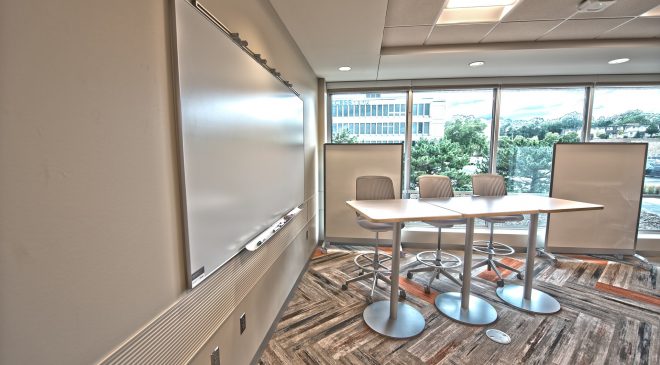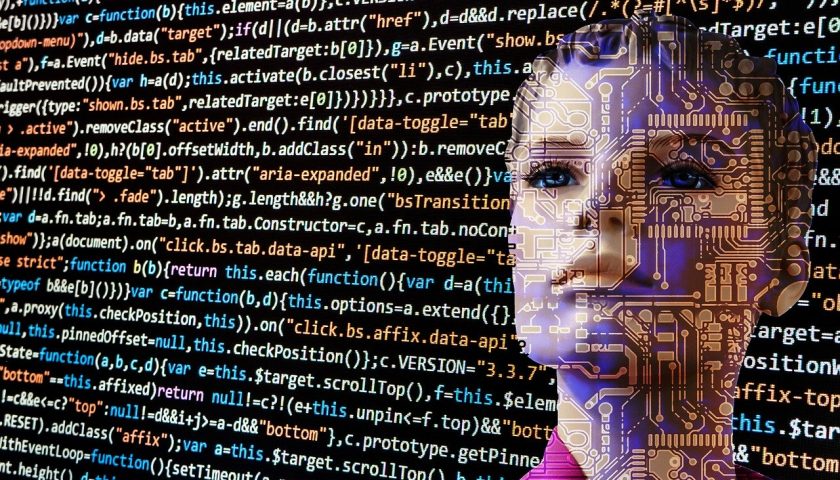
How do they stay at the top of their game as change leaders in the face of uncertainty, when it comes to the future of work?
In the first part Chris Goodhue vice president of CIO strategy at IDC wrote the next frontier for CIOs is likely to include a considerably deeper dive into industry-specific solutions that promise greater enterprise resiliency and differentiation.
He notes that almost overnight companies made a remarkable transition to remote work. Now, with pandemic pressures easing, companies are preparing for what’s next, and this is turning out to be a bit of a delicate exercise.
“If you ask the employee in the trenches, the mid-level manager, a talent industry expert, or a CEO, the answer is likely to be the same. The future of work is going to be “hybrid”, wrote Goodhue.
While there is considerable interest in bringing workers back to the office, there is also some angst. In the words of one CIO from a global insurance company, “The transition to remote is probably going to be easier than the transition to hybrid.”
According to Goodhue wrote another CIO from a multinational professional services firm noted “It will be a different mindset that must be planned out carefully.
“We will have a hybrid model and we will have to rationalize opinions. It will be a big impact on IT. We would like to get back to an office environment, but surveys have shown that remote work is effective,” he wrote. “Yet another executive we spoke with raised an important, related question: “Will hybrid work create a caste system of haves and have nots?” Rationalizing views between those who support hybrid and those who feel workers should return to the office is a concern for CIOs – so much so one CIO advised that “We need to prepare for the worst-case scenario.”
It won’t matter what the scenario will be, wrote Goodhue, it will mean there will be uncertainty in the horizon, with lingering skills shortages, which also raises the issue of staff burnout.
“The realist says welcome to the “new normal.” The concept of entropy in thermodynamics is an apt metaphor I believe to describe the leadership challenge ahead for CIOs,” said Goodhue. “In the simplest way of describing it, entropy is the degree of disorder in a system. Entropy can never decrease, all systems tend toward higher entropy, and the only equilibrium is the state of highest entropy.
He asked if this sounds like a description of where things are headed, with the exponential growth of technologies and connectedness, it’s hard to imagine a simpler world but it’s not much of a leap to envision one characterized by less predictability and order than today.
“The already dynamic role of the CIO as technologist, transformer, and change artist is only likely to get more dynamic in a future progressing to greater entropy. Unforeseen business disruptions, new waves of technology, and new challenges and opportunities will lurk around every corner of our digital world,” wrote Goodhue.
“To succeed, CIOs will need to double down on creativity and vision and leverage new tools and mindsets to hone entropy-killing powers enough to make sense of things, at least temporarily, and make the right bets at the right time. Maybe it’s time to dust off the manager’s guide to scenario planning – a military inspired method for opening the minds of business executives and leaders about possible events in the future, even though no plan survives first engagement.”
He notes that maybe it’s time to promote and embed design thinking to enable a “bottom up” approach to address ambiguous problems and solve for human-centered needs. And maybe it’s time to marry design thinking with “top down” systems thinking to give leaders a richer tapestry to assess the scale and impact of potential changes.
Tags: Chris GoodhueCIOIDC




